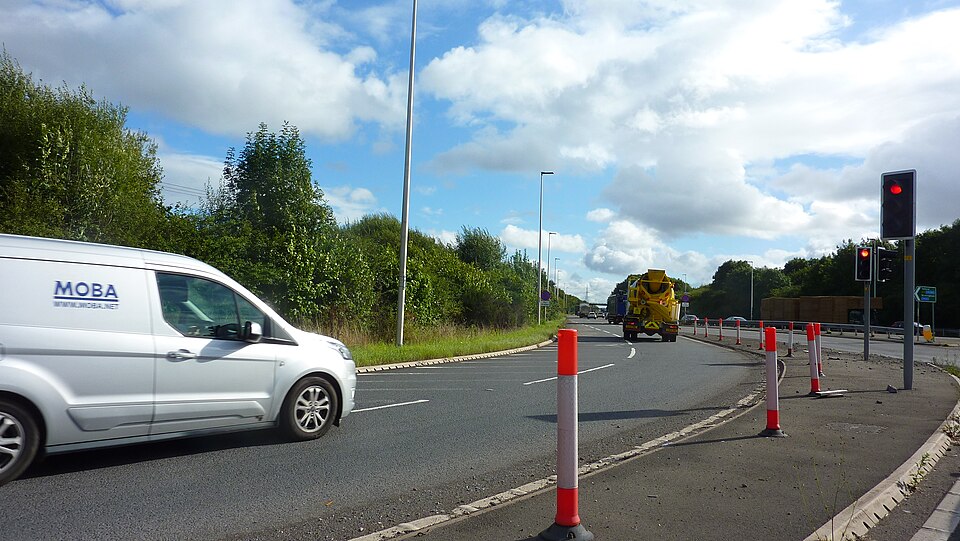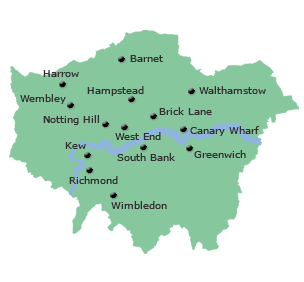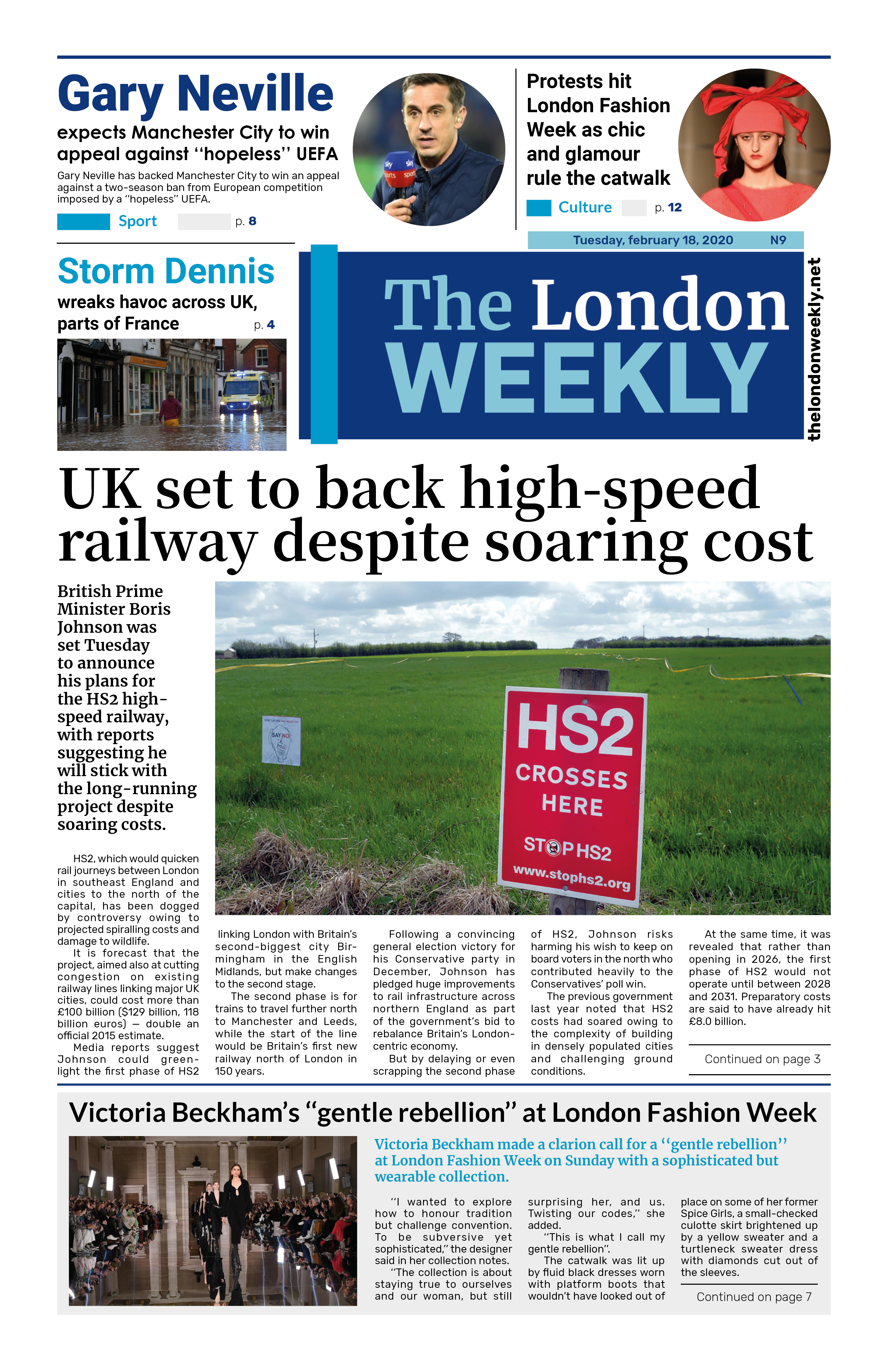
A judge is expected to rule today on the future of the A5 dual carriageway project—an ambitious £1.2bn infrastructure scheme stretching 58 miles (94km) from Londonderry to Aughnacloy.
The project received approval from Stormont ministers in October 2024, but just a month later, it faced a legal challenge from a group of residents, landowners, and farmers. Known as the Alternative A5 Alliance (AA5A), the group launched a judicial review to halt construction, citing environmental and agricultural concerns.
Despite the legal proceedings, preparatory work had already begun on sections of the route, and in March, the infrastructure minister visited one of the active sites.
Why the A5 Matters
The A5 is a key part of Northern Ireland’s road network, linking Londonderry with towns such as Strabane, Omagh, and Sion Mills before reaching Aughnacloy, where it connects to the N2 for travel to Dublin. For decades, the road has remained largely unchanged—a single carriageway with limited overtaking lanes—despite growing traffic volumes.
Since 2006, more than 50 people have died on the A5. Campaigners say modernising the road is essential to improving safety and saving lives. Official data shows a 10% traffic increase over the last decade, with a 30% rise forecast in the next 25 years.
Opposition Concerns
However, the proposed dual carriageway would require around 1,200 hectares of land and affect over 300 working farms. AA5A argues the plan threatens farmland passed down through generations and risks breaching environmental commitments set out in the Climate Change (Northern Ireland) Act 2022, which aims for net-zero emissions by 2050.
A key part of the legal challenge focused on recommendations by the Planning Appeals Commission, which advised against progressing the project unless officials could demonstrate it wouldn't compromise climate targets.
AA5A has called for safety-focused improvements to the existing road rather than building a completely new route, also raising concerns about floodplain development and ecological impacts.
A Road at a Crossroads
Although driver error remains the leading cause of fatal crashes on the A5, as it is across most of Northern Ireland, the road has the highest death rate per kilometre in the region according to BBC News NI analysis (2012–2024).
In April, Justice McAlinden heard arguments from all sides at the High Court, including from bereaved families who support the upgrade and from government lawyers defending the Department for Infrastructure’s decision.
The judge has emphasized the need for a swift resolution to the long-standing debate. His decision, expected today, will determine whether the A5 scheme moves forward or returns to the drawing board—nearly two decades after it was first proposed. Photo by A49/A5 Junction, East Shrewsbury by Richard Cooke, Wikimedia commons.



































